
In the fast-paced world of design, efficiency is key. Whether you’re crafting a user interface, developing a new product, or shaping a marketing campaign, the ability to iterate quickly and test rigorously is crucial for success. But the traditional design process can be bogged down by repetitive tasks and time-consuming testing cycles. That’s where Artificial Intelligence (AI) steps in, offering a powerful toolkit to streamline the journey from prototype to perfection.
The AI Advantage: Speeding Up Iteration
Gone are the days of endless manual testing. AI-powered tools can automate many of the repetitive tasks involved in design iteration. Imagine feeding your prototype into an AI system that can analyze user behavior, identify potential problems, and suggest improvements. This can significantly reduce the time it takes to refine your design, allowing you to explore more variations and land on the optimal solution faster.
Beyond Automation: AI-powered Insights
AI’s capabilities extend far beyond rote tasks. Machine learning algorithms can analyze vast amounts of user data, revealing insights that might be missed by the human eye. This data can include user interactions, click-through rates, and even facial expressions during testing. By analyzing these metrics, AI can pinpoint areas of confusion or frustration, helping designers prioritize improvements and optimize the user experience.
Predictive Power: AI for Informed Decisions
AI can also be a powerful predictive tool. By analyzing user data and design trends, some AI systems can predict how users will likely respond to different design elements. This allows designers to make data-driven decisions early in the process, avoiding costly mistakes and ensuring their final design resonates with the target audience.
A Collaborative Approach: Humans and AI Working Together
It’s important to remember that AI is not a replacement for human creativity. The best results come from a collaborative approach where AI empowers designers to work smarter, not harder. Designers can leverage AI tools to automate tasks, gain valuable user insights, and make informed decisions, all while focusing on the strategic and creative aspects of the design process.

The Future of Design: A Streamlined Journey
As AI technology continues to evolve, we can expect even more sophisticated tools to emerge, further streamlining the design process. Imagine AI that can not only analyze user behavior but also generate new design variations based on user feedback. This future holds the potential for a design cycle that is not only faster but also more iterative and user-centric.
The integration of AI into design workflows is not just a futuristic vision; it’s happening now. By embracing AI as a powerful collaborator, designers can unlock new levels of efficiency, gain valuable user insights, and ultimately deliver exceptional designs that resonate with their audience. So, the next time you’re staring down a design challenge, consider how AI can help you transform your prototype into a masterpiece.
In the pictures mid journey and I created a lamp that while the user relaxes the lamp’s warm glow, the AI would project calming visuals onto the lampshade. These visuals could be illustrations from the user’s favorite book, calming nature scenes, or even abstract patterns inspired by the music they’re listening to. The AI could even adjust the light and visuals to create a dynamic storytelling experience.
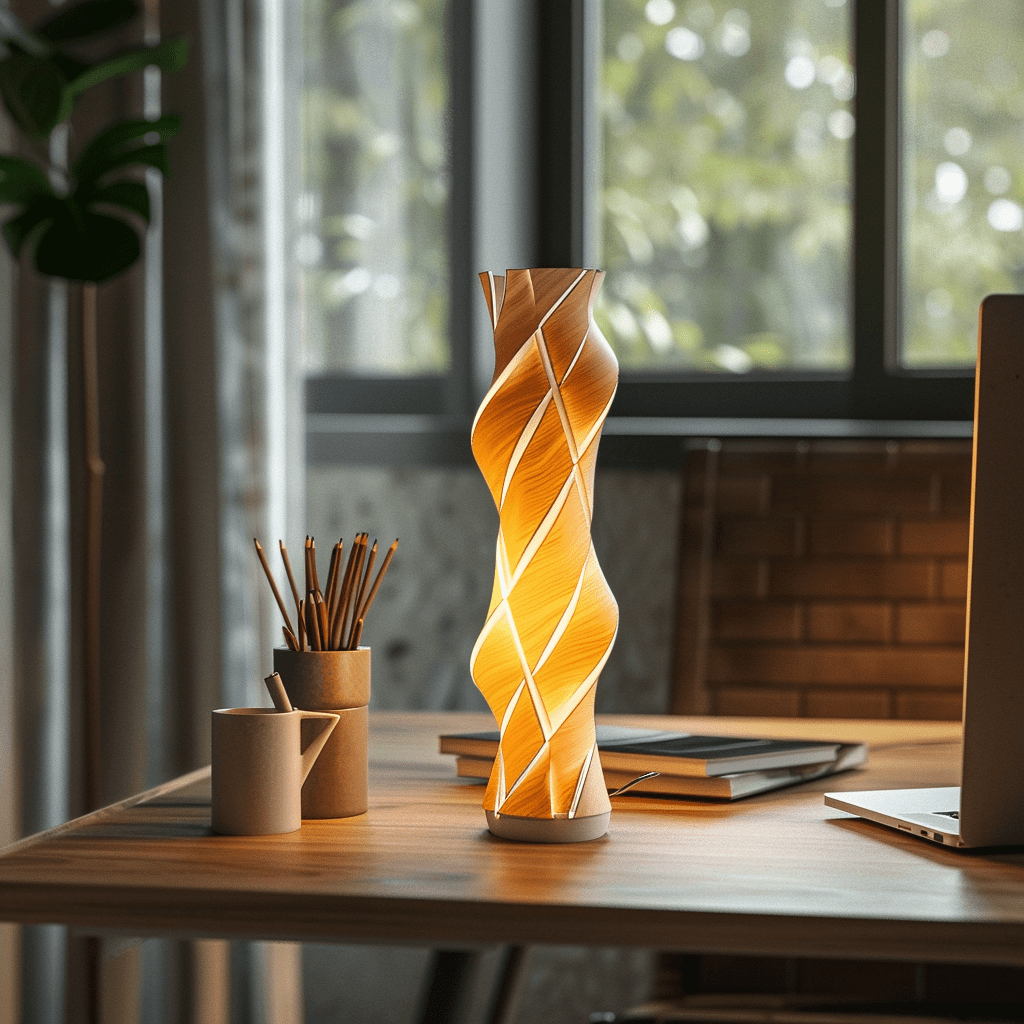



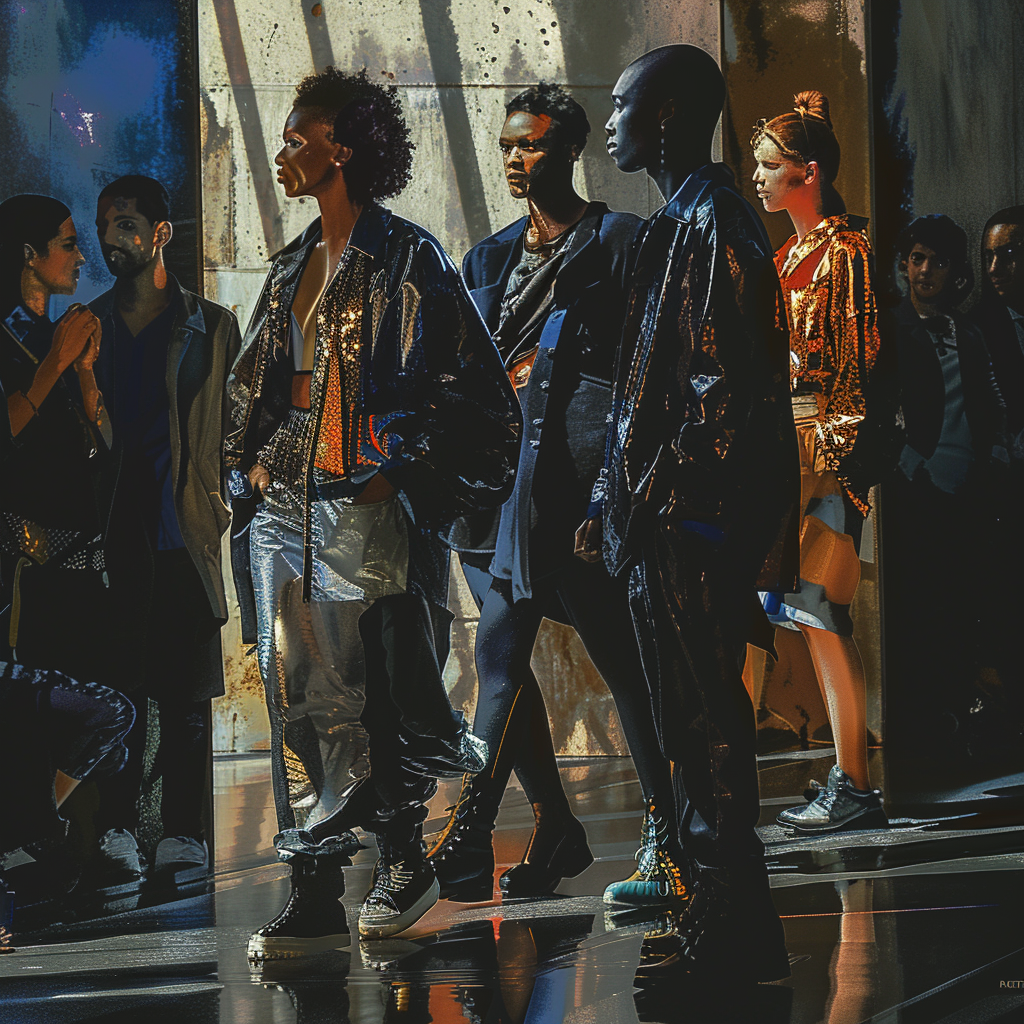
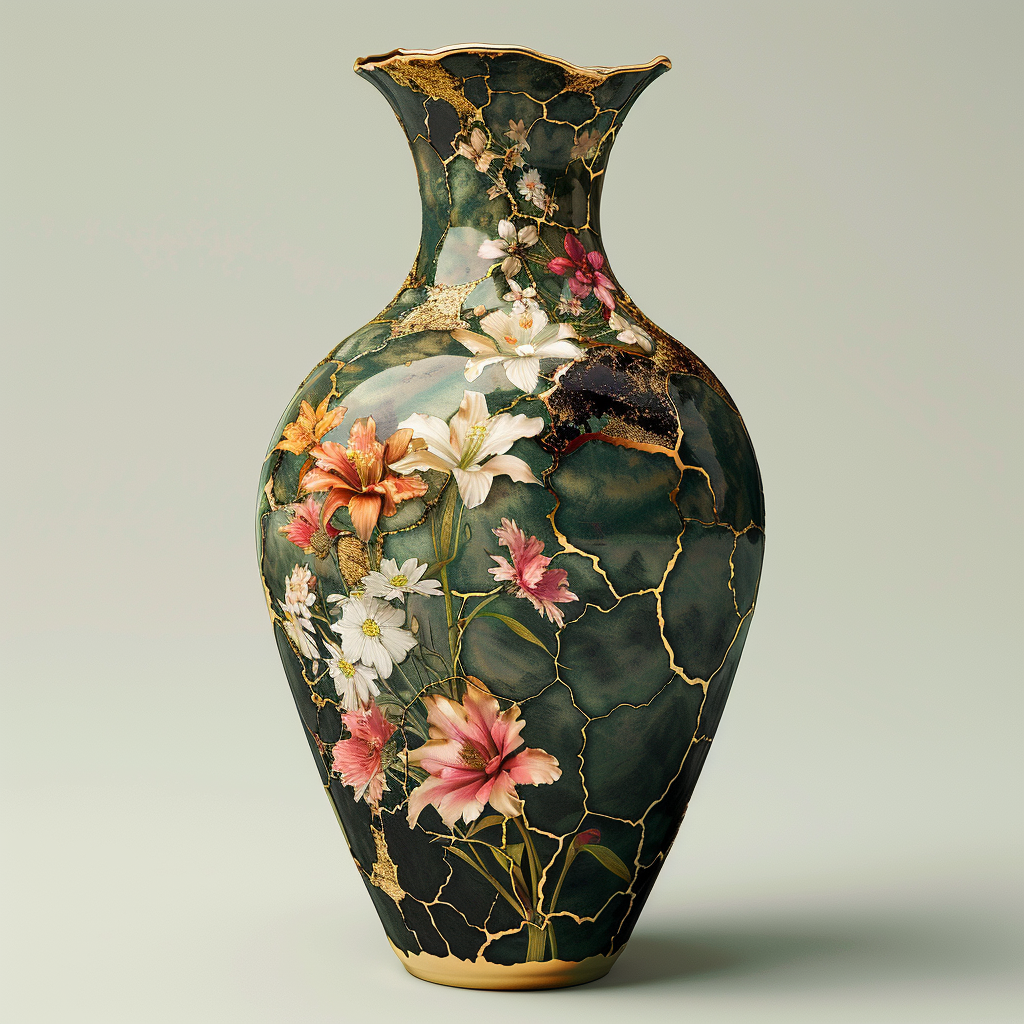
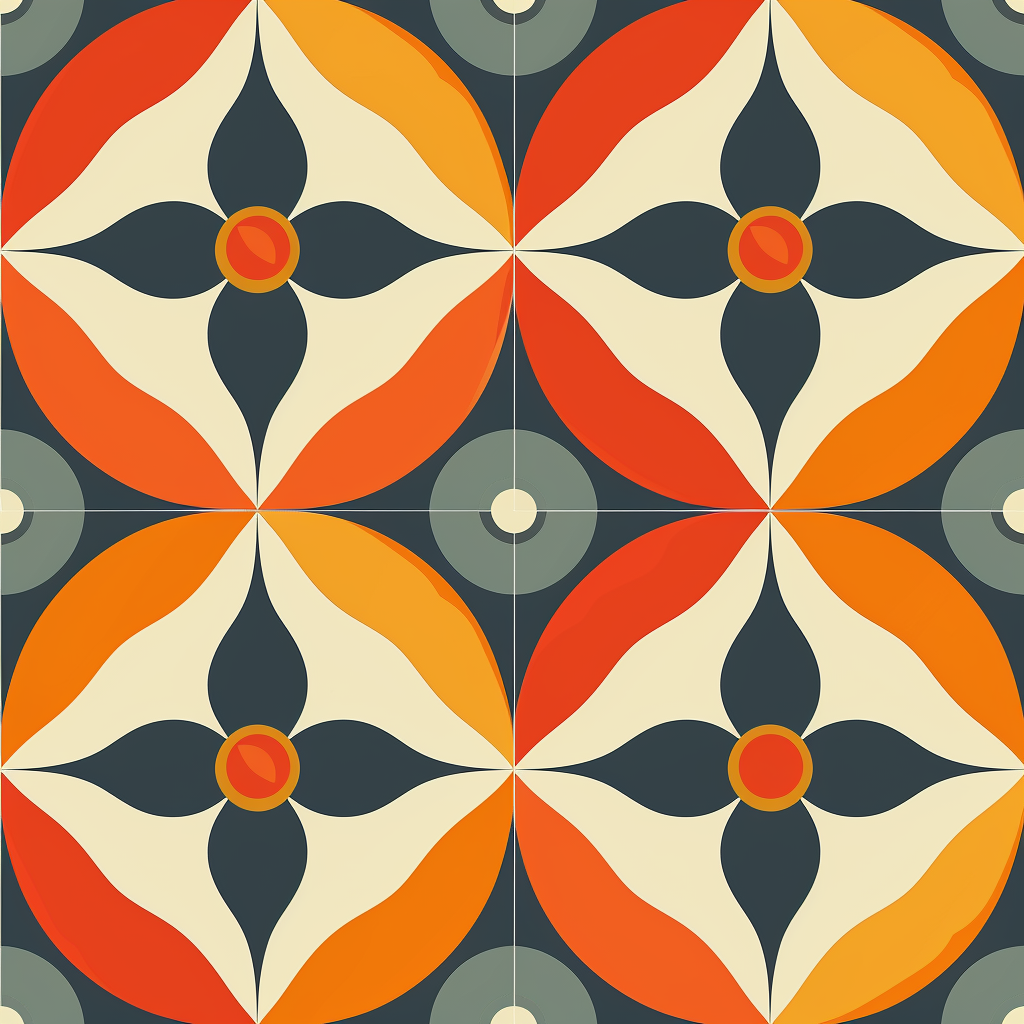

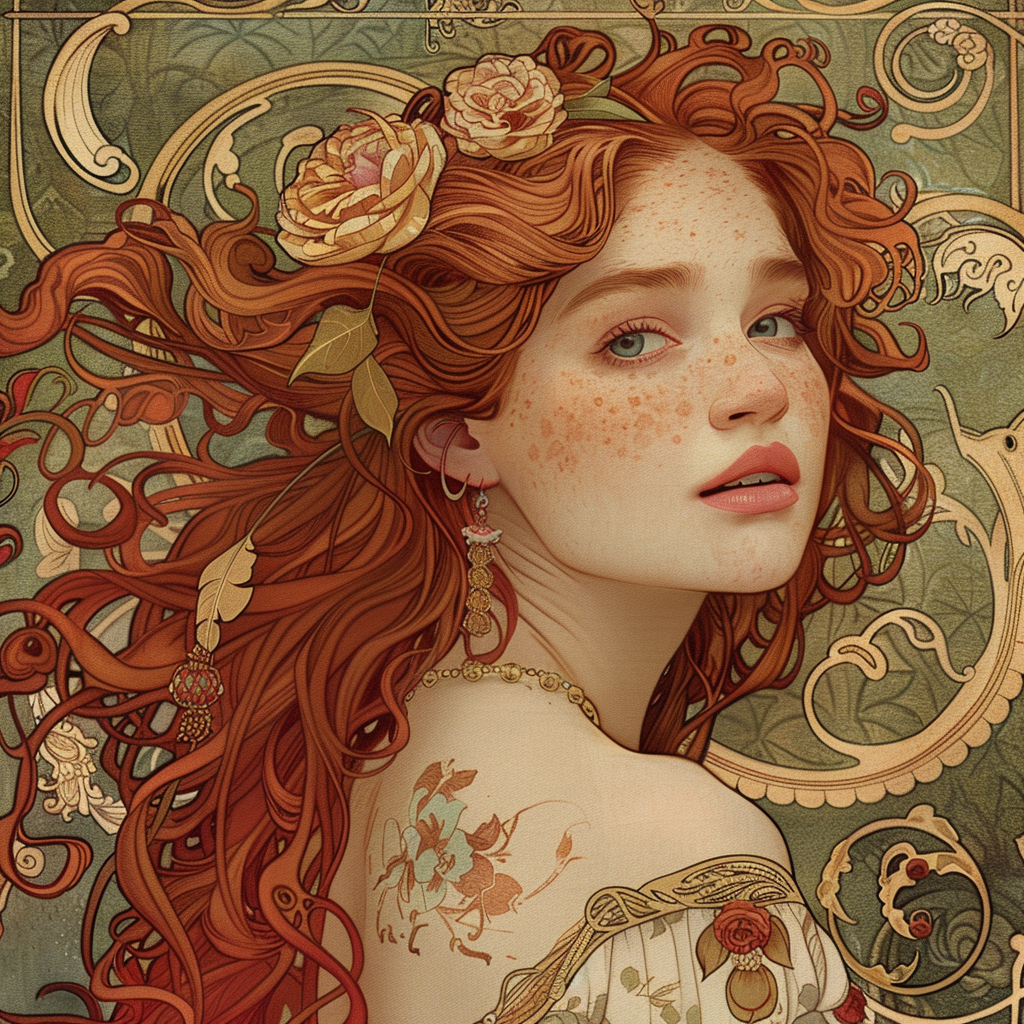
Leave a comment